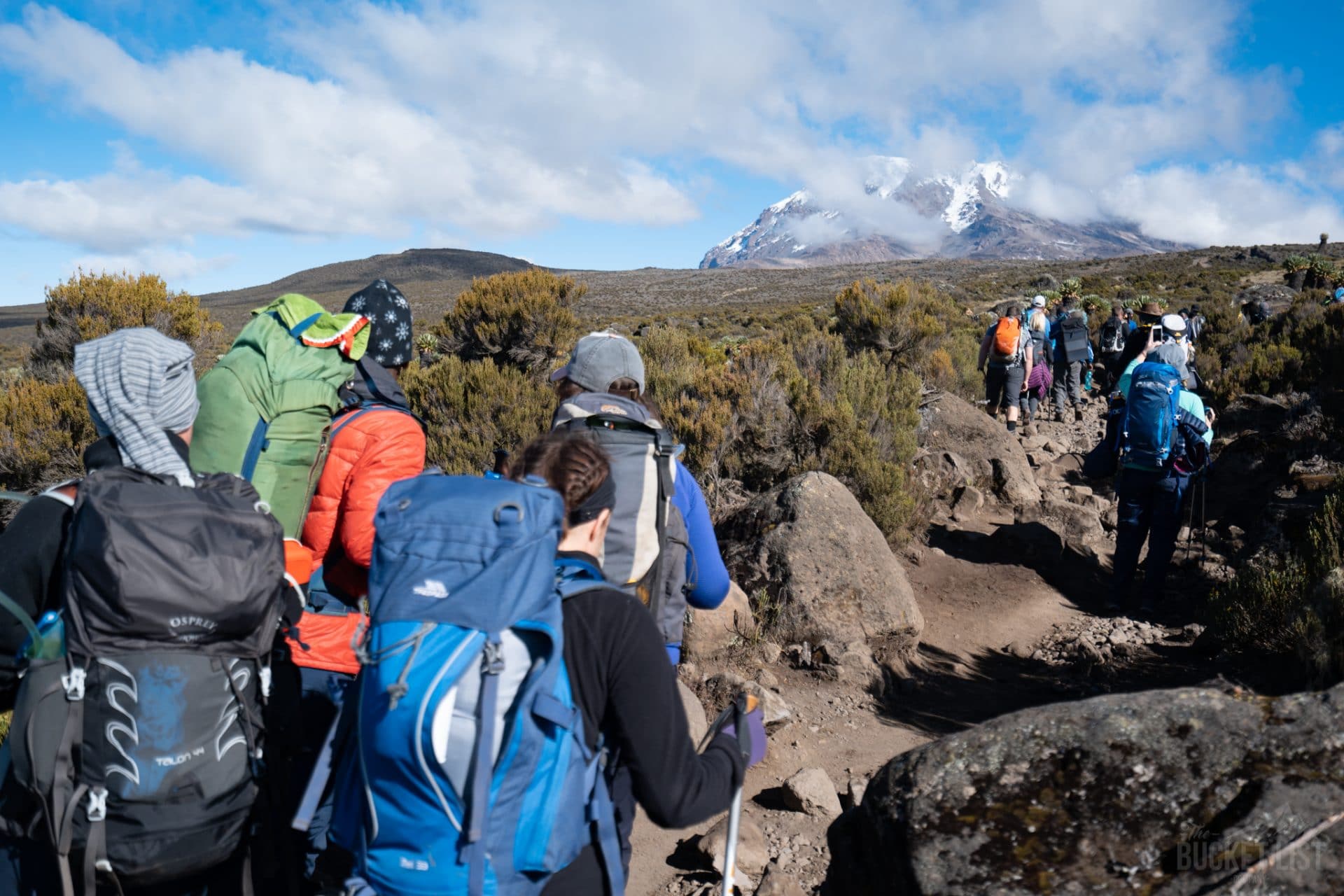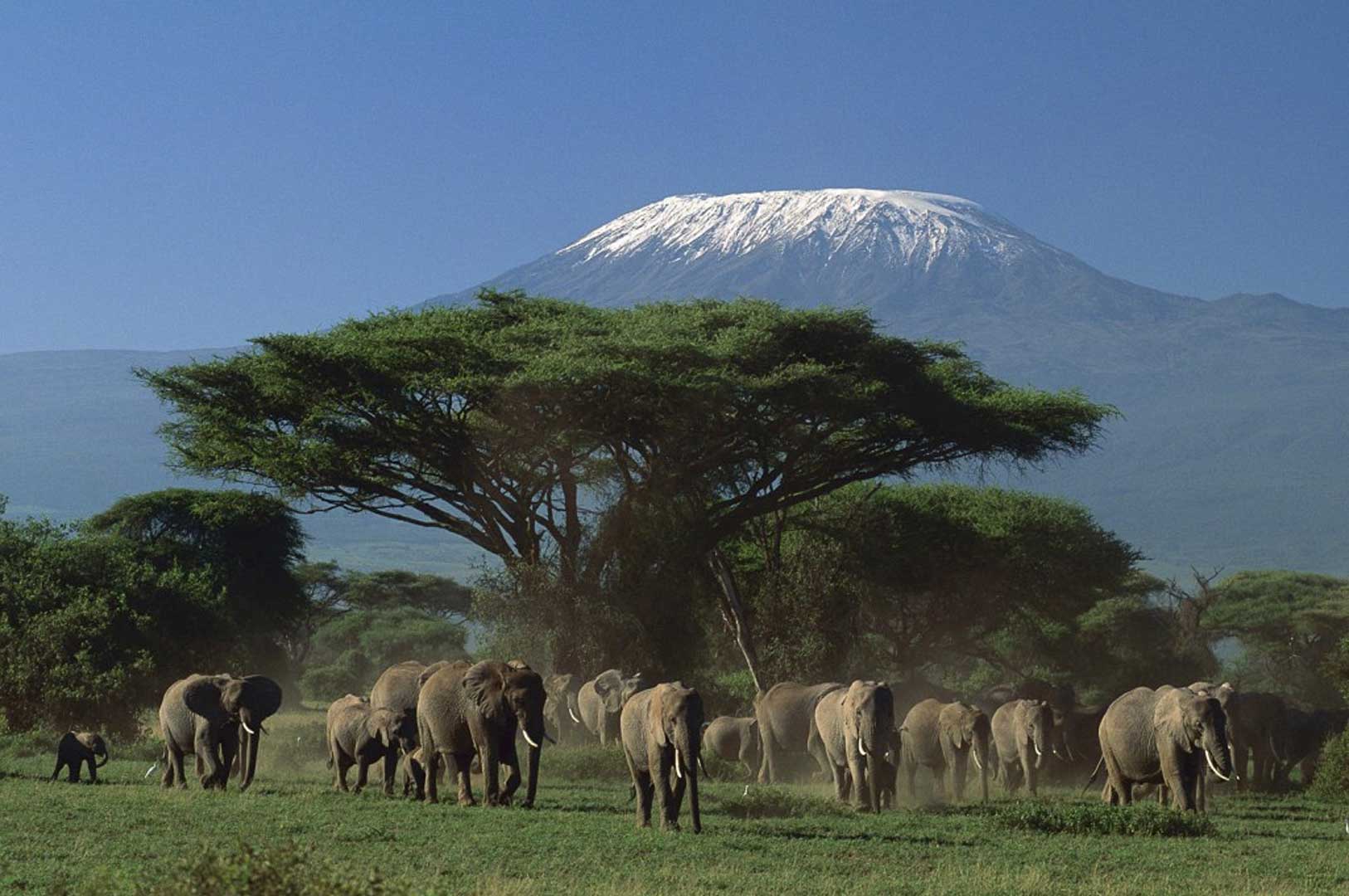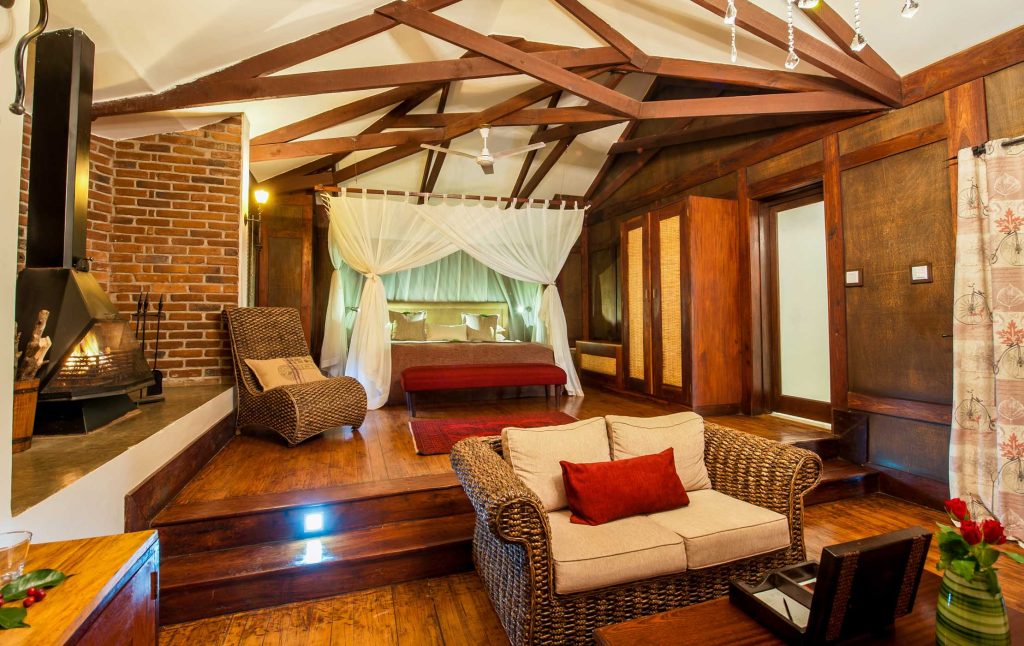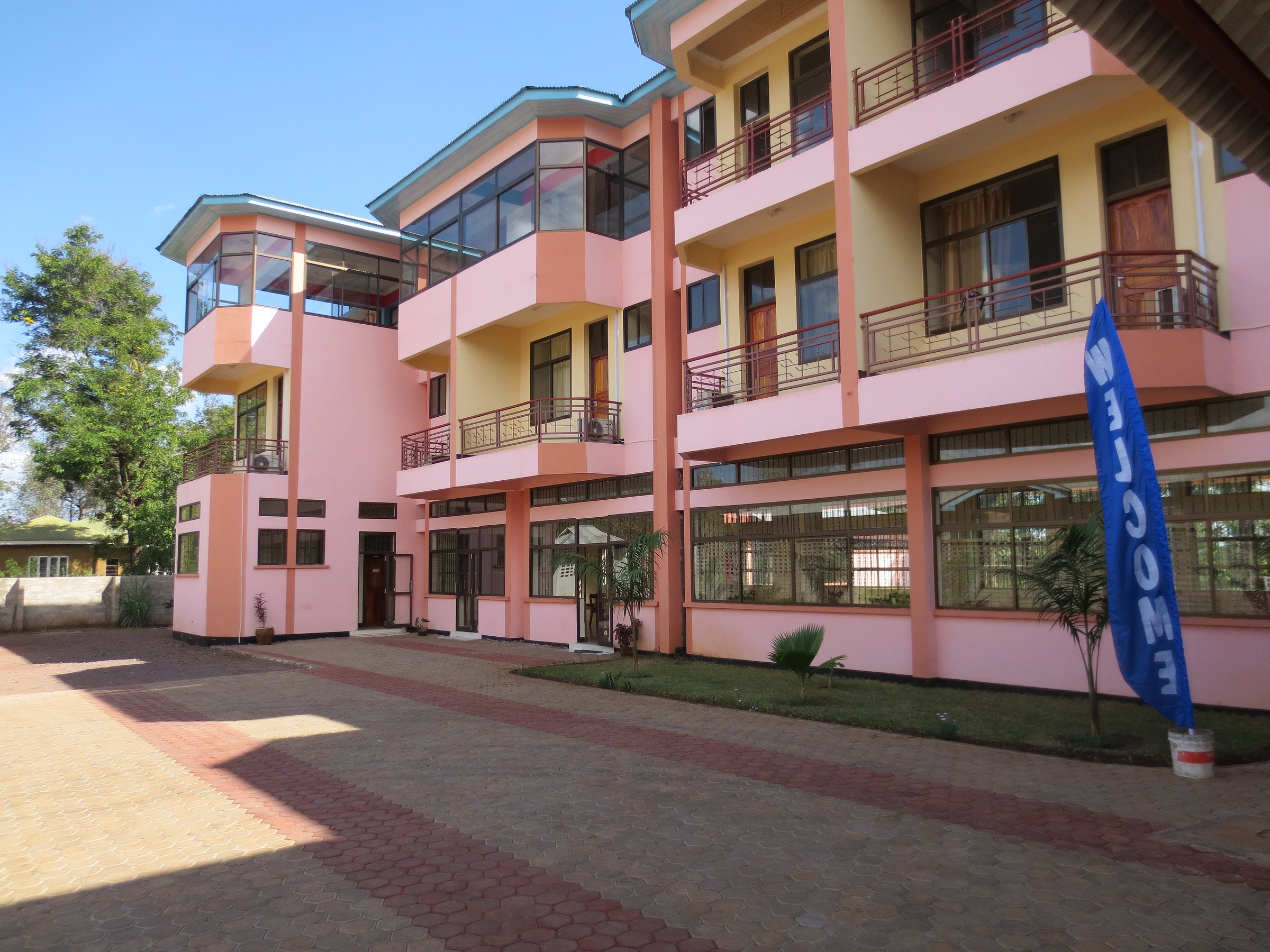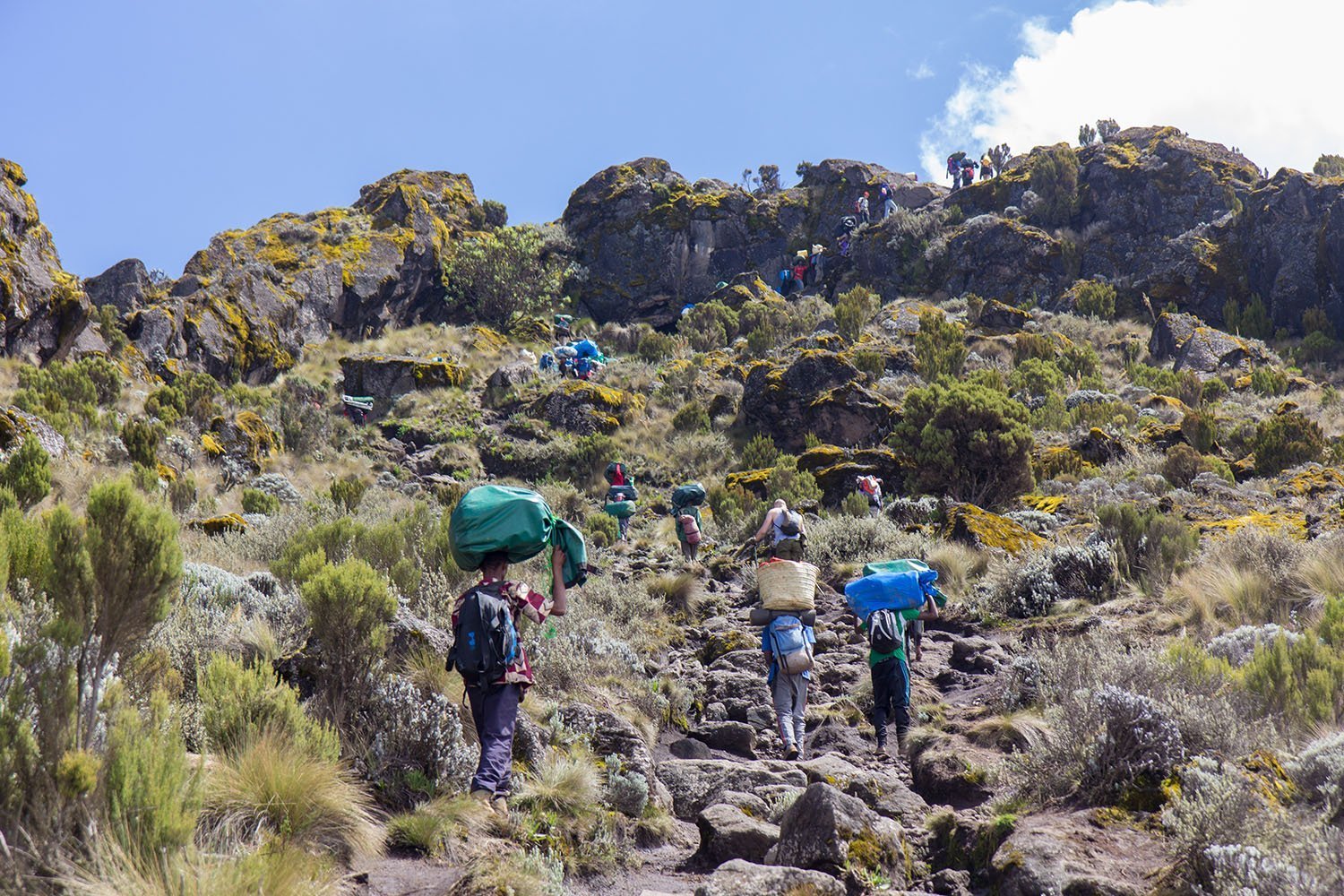
Climb Kilimanjaro Guide: The Beginner’s Guide to Climbing Kilimanjaro in 2025
Introduction: Why Climb Kilimanjaro in Tanzania?
Mount Kilimanjaro, also referred to as the “Roof of Africa,” is a mountain that climbers from all over the world find to be an enormous challenge and a source of great satisfaction. This Mount Kilimanjaro, at 5,895 meters (19,341 feet), is a dormant volcano that offers a beautiful hike and is part of the Tanzania National Parks. This includes a variety of habitats and scenery, as well as a physically demanding ascent. Mount Kilimanjaro National Park is a popular destination for adventurers who are eager to summit one of Africa’s Seven Summits due to the park’s remarkable biodiversity and historical value. This comprehensive guidebook will teach you all you need to know about climbing Mount Kilimanjaro, from preparation to the final push to Uhuru Peak.
Where Is Mount Kilimanjaro Located?
Mount Kilimanjaro is located in northeastern Tanzania, Africa, near the Kenyan border and it’s about 340 kilometers south of the equator. The nearest town is Moshi, which serves as the main gateway to the mountain. Kilimanjaro is part of Kilimanjaro National Park, a UNESCO World Heritage Site.
Pro Tip: Most people who want to climb Kilimanjaro fly into Kilimanjaro International Airport (JRO), which is about 45 minutes from Moshi.
Table of Contents
- Mount Kilimanjaro Overview: Why Is Kilimanjaro Famous?
- What’s It Like to Climb Mount Kilimanjaro?
- How to Get to Mount Kilimanjaro: Travel Tips and Advice
- Mount Kilimanjaro Height: How Tall Is Kilimanjaro?
- Important Facts Before Your Kilimanjaro Hike: What to Expect
- What to Expect on a Kilimanjaro Climb: Challenges and Rewards
- Step-by-Step Guide: How to Climb Kilimanjaro
- Kilimanjaro Mountain Rental Gear in Tanzania: What You Can Rent for the Climb
- How Hard Is It to Climb Mountain Kilimanjaro?
- Kilimanjaro mountain Fitness Requirements: How Fit Do You Need to Be?
- Training for mount Kilimanjaro hiking: Essential Tips and Workouts guide
- Understanding Altitude Sickness on mount Kilimanjaro: Symptoms and Prevention
- Is It Safe to Climb Mount Kilimanjaro? Safety Tips and Advice
- How to Choose the Best mountain Kilimanjaro Tour Operator
- Solo Trekking: Can You Climb mountain Kilimanjaro on Your Own?
- Mountain Kilimanjaro Climb Cost Breakdown: What You Need to Know
- Mountain Kilimanjaro Expert Guides: Meet Your Climbing Team
- Tipping Your Kilimanjaro Crew: Guidelines and Etiquette
- Tipping Your Kilimanjaro Crew: Guidelines and Etiquette
- Best mountain Kilimanjaro hiking Route
- Mountain Kilimanjaro Packing List: What to Bring for a Successful Climb
- When Is the Best Time to Climb Mount Kilimanjaro?
- Vaccines and Medications for Kilimanjaro hiking: What You Need to Know
- Do You Need Insurance to Climb Kilimanjaro mountain in Africa? Essential Coverage Explained
- Start Preparing for Kilimanjaro Now: First Steps and Tips
- Kilimanjaro Weather Guide: What Climbers Need to Know
- How to Avoid Altitude Sickness on mountain Kilimanjaro: Tips and Strategies
- Kilimanjaro Summit Success Rate: What Are Your Chances?
- Mountain Biking on Mountain Kilimanjaro: An Adventure Alternative
- Best Things to Do After Climbing Kilimanjaro: Top Activities
- Conclusion: Your Kilimanjaro Adventure Awaits!
1. Mount Kilimanjaro Overview: Why Is Kilimanjaro Famous?
Mount Kilimanjaro is not just Africa’s highest peak, but also the world’s tallest freestanding mountain. For more than a century, its famous snow-capped summit has represented adventure and challenge to adventurers. Mountain Kilimanjaro’s popularity originates from its accessibility, allowing climbers with minimal technical climbing experience to reach the peak. Mount Kilimanjaro is one of the world’s most well-known mountains, having inspired innumerable stories, books, and documentaries. The following is an overview of why Mount Kilimanjaro is famous around the world.
- Kilimanjaro is the highest mountain in Africa.
- Kibo, Mawenzi, and Shira are the three main peaks of mount Kilimanjaro that stands alone in the landscape.
- Despite being near the equator, Mountain Kilimanjaro National park has snow on top.
- Many people climb Kilimanjaro because it’s easier to reach the sumrmit compared to other tall mountains.
- It has various climates and habitats, from rainforests to icy peaks.
Pro Tip: Mountain Kilimanjaro climbing is a bucket-list for many, but its glaciers are rapidly shrinking due to climate change, so don’t wait too long to make your journey.
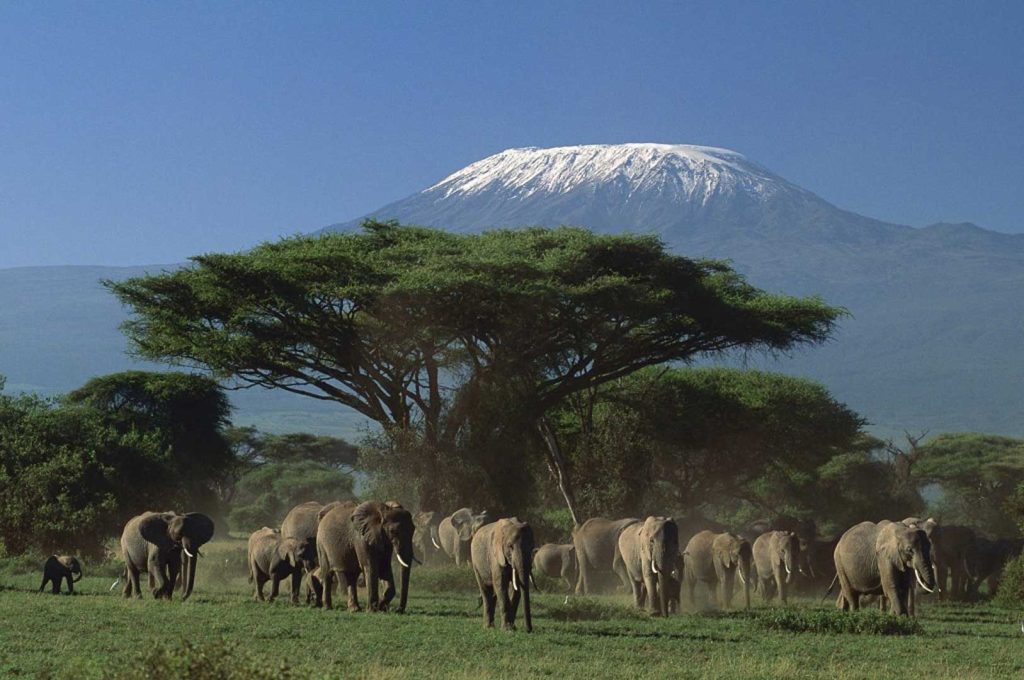
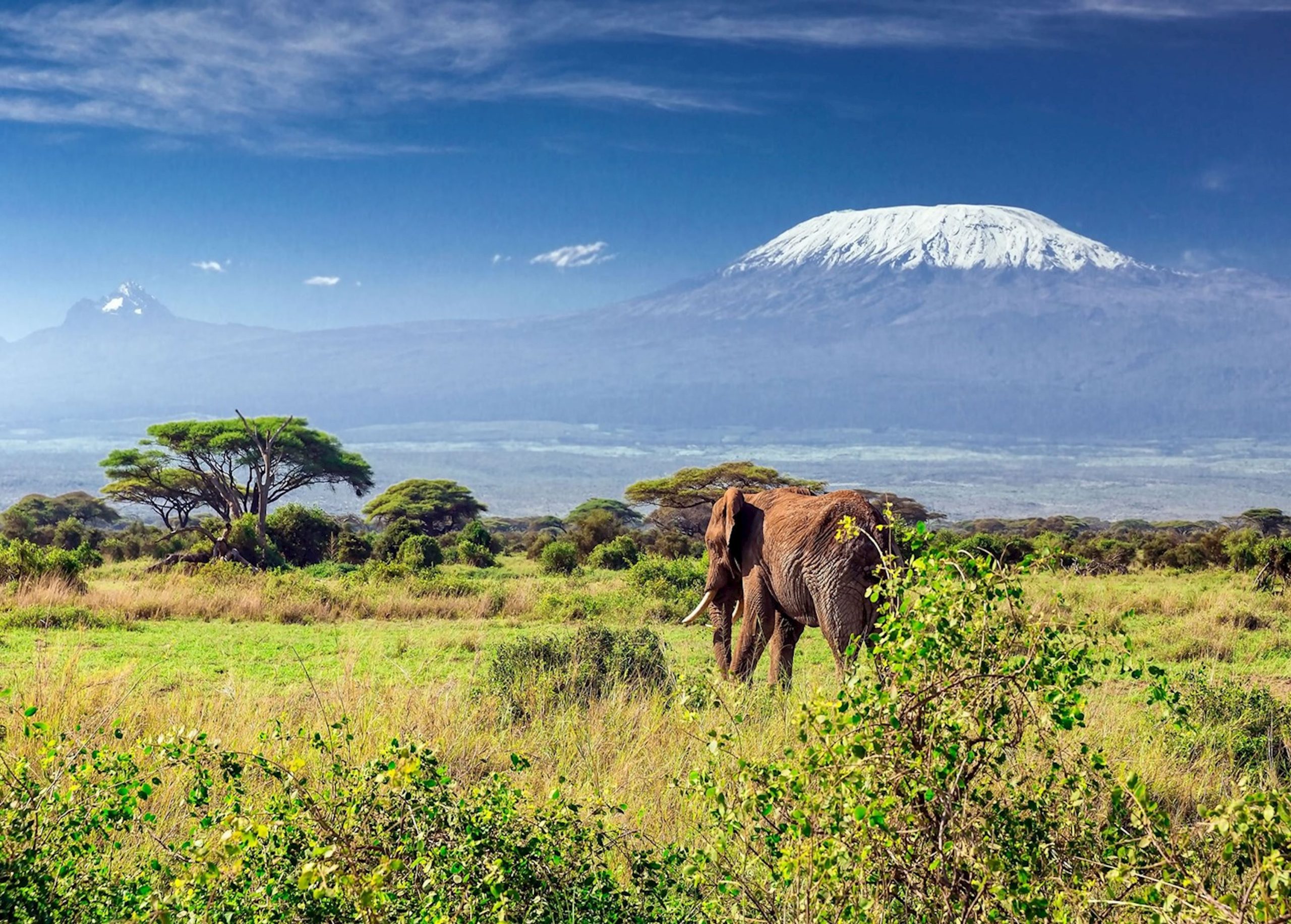
2. What’s It Like to Climb Mount Kilimanjaro?
Climbing Kilimanjaro peak in Africa is an unforgettable experience, but it’s not for the faint-hearted. The mountain Kilimanjaro trek takes you through five distinct ecological zones. Starting in the cultivated foothills, moving through dense rainforests, traversing the moorland, alpine desert and finally reaching the summit.Each zone poses unique challenges, ranging from slick pathways in the rainforest to thin air at higher elevations. The voyage tests endurance, mental power, and physical stamina. The reward of standing on the summit of Mount Kilimanjaro, looking out across Africa’s plains, is unparalleled.
As you make your way up Kilimanjaro, you will be able to witness spectacular sunrises. Also, take pleasure in the company of fellow people hiking mount Kilimanjaro, and be humbled by the bravery and support of your guides and porters. Pro Tip: Don’t rush, pace yourself, and enjoy the Kilimanjaro climb as much as the final destination.
3. How to Get to Mount Kilimanjaro for climbing tours: Travel Tips and Advice guide
Mount Kilimanjaro peak in Tanzania is a world-renowned trekking destination in Africa, attracting adventurers from all corners of the globe. Reaching Mount Kilimanjaro involves careful planning, including international flights, local transportation, and selecting the best route to the mountain.
Flights:
Most international travelers fly into Kilimanjaro International Airport (JRO), located approximately 45 minutes from the town of Moshi, the primary gateway to the mountain. Direct flights are available from major cities like Amsterdam, Doha, and Istanbul. For those coming from the United States or other distant locations, connecting flights through Nairobi, Addis Ababa, or Dar es Salaam are common.
Local Transportation:
Upon arrival, you can take a taxi, shuttle, or pre-arranged transport to Moshi or Arusha, depending on where your tour operator is based. These towns offer a range of accommodations either mid-range or luxurious and are excellent starting points for your Mount Kilimanjaro climb.
You can’t climb mount Kilimanjaro, in Tanzania by yourself; you need to hire a guide and a team of helpers. They will carry your stuff and show you the way. There are different routes to climb, and they will help you pick one.
Finally, you start your hike! You walk for many days, usually 5 to 9 days, depending on which route you choose. The higher you go, the colder it gets, so you need warm clothes.
What is the Best Time to climb Kilimanjaro mountain:
To avoid the rainy seasons, the best times to visit are from January to March and from June to October. These periods offer clearer skies and more favorable trekking conditions, enhancing your overall experience.
Additional Tips:
- Visas: Ensure you have a valid Tanzanian visa, which can often be obtained on arrival or in advance online.
- Vaccinations: Yellow fever vaccination is required if traveling from a country with a risk of yellow fever transmission.
- Currency: The local currency is the Tanzanian Shilling (TZS), but US dollars are widely accepted.
4. Mount Kilimanjaro Height: How Tall Is Kilimanjaro?
Mount Kilimanjaro is the tallest mountain in Africa, standing at 5,895 meters (19,341 feet) above sea level. It is also the highest free-standing mountain in the world, making it a unique and sought-after destination for climbers.
Why the Height Matters:
Mountain Kilimanjaro’s towering height of its peak presents both a challenge and an allure for trekkers. The altitude means that climbers will be exposed to lower oxygen levels, which can lead to altitude sickness, but it also offers the opportunity to ascend through five distinct ecological zones, from tropical rainforest to Arctic-like summit conditions.
Mountain Kilimanjaro Summit Success Rate:
Reaching the summit of mountain Kilimanjaro is not guaranteed. The success rate varies depending on the route chosen, with longer routes generally offering a higher chance of success due to better acclimatization opportunities.
Geological Significance:
Mountain Kilimanjaro is a dormant volcano composed of three cones: Kibo, Mawenzi, and Shira. The highest point on Kibo’s crater rim is known as Uhuru Peak, the ultimate goal for climbers.
5. Important Facts Before Your Kilimanjaro climb: What to Expect
Climbing mount Kilimanjaro is an incredible adventure in Africa, but it requires adequate mountain preparation. Here are the key facts every hiker should know before embarking on this trekking journey in Tanzania:
Altitude and Acclimatization:
Mount Kilimanjaro’s summit stands at 5,895 meters (19,341 feet), making altitude sickness a significant concern. Proper acclimatization is crucial, so choose a longer route that allows more time to adjust.
Physical Fitness:
While Mountain Kilimanjaro doesn’t require technical climbing skills, it demands good physical fitness. You’ll be trekking for 5-9 days, covering varied terrain, often in challenging weather conditions.
Guided Kilimanjaro Tours:
All mountain Kilimanjaro climbers must be accompanied by a registered guide. Tour operators provide not only guiding services but also porters, cooks, and necessary equipment.
Packing Essentials:
Your gear should include warm clothing, waterproof layers, sturdy boots, a high-quality sleeping bag, and a headlamp. A comprehensive packing list for mountain Kilimanjaro hiking is essential to ensure you’re prepared for the trek.
Health Considerations:
Consult your doctor about vaccinations and medications. Altitude sickness prevention tablets and anti-malarials may be necessary, depending on your route and travel itinerary.
Mental Preparation:
Climbing Kilimanjaro mountain is as much a mental challenge as it is a physical one. Prepare yourself for long days of trekking, early starts, and the mental fortitude required to reach the summit.
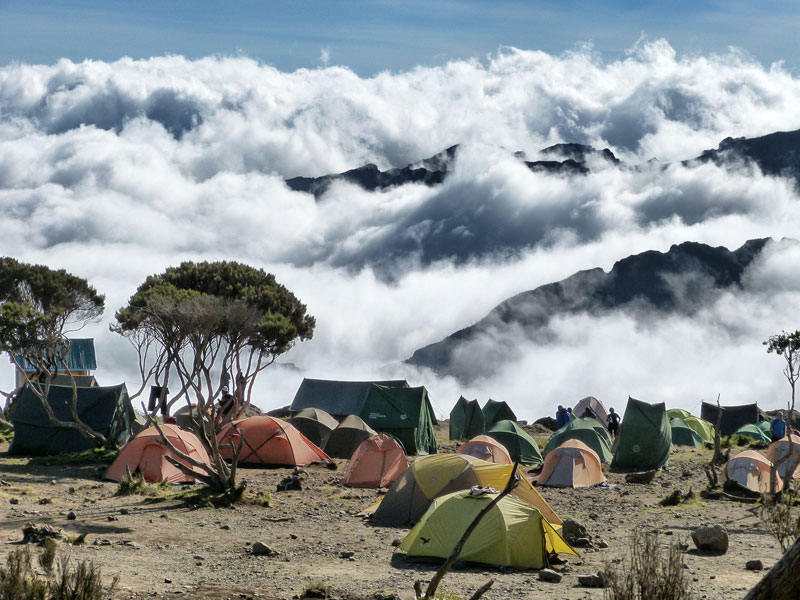
6. What to Expect on a mountain Kilimanjaro Climb: Challenges and Rewards Guide
Climbing Mount Kilimanjaro in Tanzania is a life-changing experience, but it comes with its share of challenges and rewards.
Challenges:
- Altitude Sickness: The higher you climb, the thinner the air, making breathing more difficult. Symptoms include headaches, nausea, and fatigue. It’s essential to listen to your body and communicate with your guide.
- Physical Demands: The trek is long, with steep ascents, rocky paths, and sometimes treacherous weather conditions like rain, wind, and freezing temperatures.
- Mental Fortitude: Pushing through the physical pain and exhaustion requires strong mental determination, especially during the final push to the summit.
Rewards:
- Stunning Scenery: From the lush rainforests at the base to the otherworldly landscapes near the summit, Kilimanjaro offers a diverse range of breathtaking views.
- Personal Achievement: Reaching the summit of mountain Kilimanjaro is a monumental achievement, offering a deep sense of accomplishment and an experience you’ll never forget.
- Cultural Experience: Interacting with local guides, porters, and fellow mount Kilimanjaro climbers provides a rich cultural experience and the opportunity to learn about Tanzanian traditions and customs.
7. Step-by-Step Guide: How to Climb Kilimanjaro
Climbing Mount Kilimanjaro, Africa’s tallest mountain, is a bucket-list adventure that requires preparation and the right mindset. Here’s how you can successfully trek to the summit of this African iconic peak in Tanzania.
1. Get in Shape for Your mount Kilimanjaro hike
Before attempting to climb Africa’s Mount Kilimanjaro, ensure you’re physically fit. Focus on cardiovascular fitness, strength training, and hiking on uneven terrain. Training will help you endure the long trekking days and adjust to the high altitude.
2. Pack Essential Kilimanjaro Climbing Gear
Having the right gear is crucial for your mount Kilimanjaro climb. Pack high-quality hiking boots, warm clothes for summit night, a waterproof jacket, gloves, a hat, and a sleeping bag rated for cold temperatures. Don’t forget sun protection, a headlamp, and trekking poles.
3. Choose the Best Mount Kilimanjaro Route for You
There are several routes to the summit of mountain Kilimanjaro in Tanzania, each with varying difficulty and scenery. Popular Mt Kilimanjaro climbing routes include the Machame Route (scenic but challenging), the Marangu Route (easier and well-trodden), and the Lemosho Route (longer but offers the best acclimatization). Choose a path that matches your fitness level and goals.
4. Obtain the Necessary Permits for Kilimanjaro mountain hiking
Climbing Mount Kilimanjaro requires a permit, which is typically arranged by your tour operator. Be sure to confirm that all paperwork is in order before your trek begins.
5. Hire a Certified Kilimanjaro mountain climbing Guide
Hiring a professional guide is mandatory and highly recommended for safety. Guides are experts in navigation, local weather patterns, and handling altitude sickness, ensuring a successful ascent.
6. Ascend Slowly to Avoid Altitude Sickness
Altitude sickness is a real risk when climbing mount Kilimanjaro mountain. To reduce the chances of acute mountain sickness (AMS), follow the “pole pole” (Swahili for “slowly slowly”) pace, take regular breaks, and allow yourself time to acclimate.
7. Stay Hydrated and Eat Well
Drink plenty of water and consume high-energy foods during the climb to mountain Kilimanjaro’s summits. Staying hydrated helps combat altitude sickness, while eating nutritious meals keeps your energy levels high.
8. Monitor Mount Kilimanjaro Weather Conditions
Mountain Kilimanjaro’s weather can change quickly, especially as you climb through different climate zones. Check forecasts regularly and be prepared to adjust your plans if necessary. The dry seasons (January to March and June to October) are the best times to climb.
Choosing the Right Route
Mount Kilimanjaro offers several routes to the summit, each with its own unique features and challenges. The most popular routes include:
- Machame Route: Known as the “Whiskey Route,” it’s the most popular and scenic path. It’s longer and more challenging than the Marangu Route, offering diverse landscapes and good acclimatization opportunities.
- Marangu Route: Often called the “Coca-Cola Route,” it’s the only route that offers hut accommodations. It’s considered the easiest route, though it has a lower success rate due to shorter acclimatization periods.
- Lemosho Route: Starting on the western side, this route offers beautiful scenery and a high success rate. It’s one of the longer routes, allowing for better acclimatization.
- Rongai Route: The only route that approaches from the north, it’s less crowded and offers a unique perspective of the mountain. It’s generally considered easier and more gradual but lacks some of the dramatic scenery of the southern routes.
- Northern Circuit Route: The longest route, offering excellent acclimatization and the best chances for success. It circles nearly the entire mountain before reaching the summit.
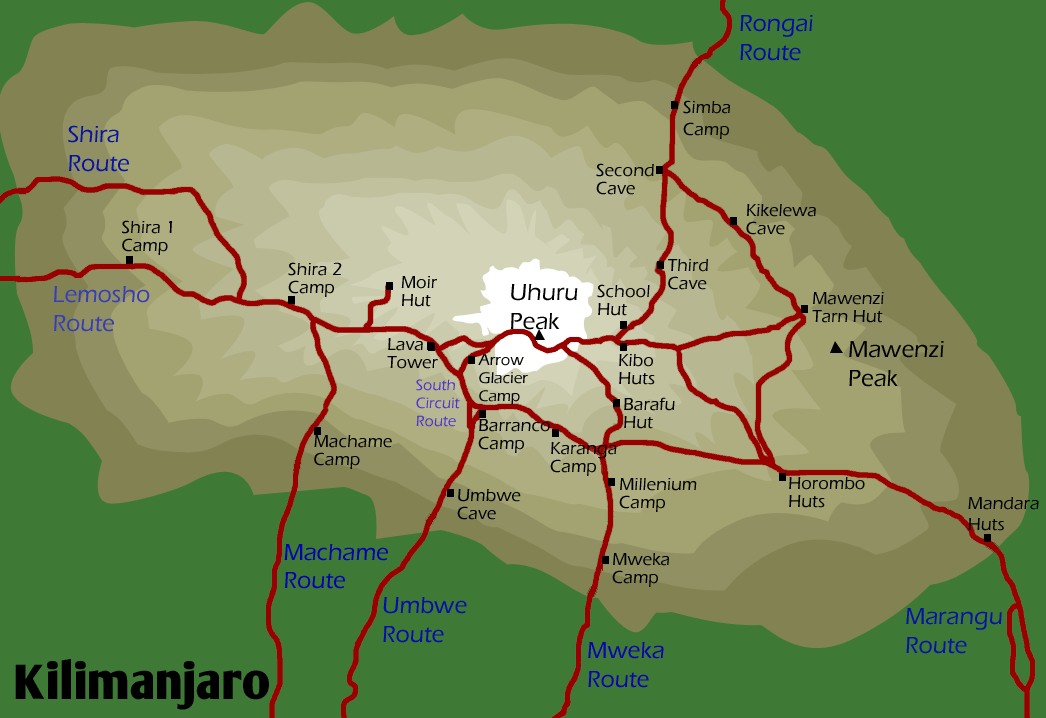
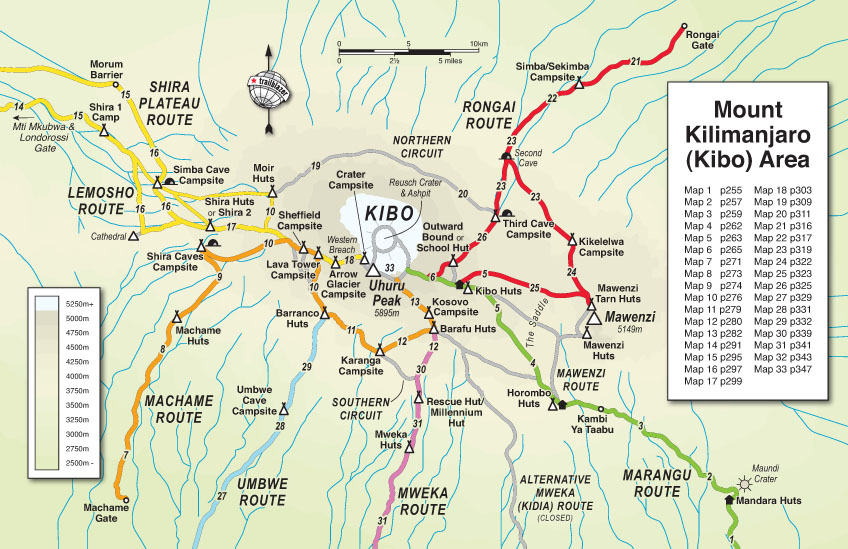
Pro Tip: Choose a route that matches your fitness level, experience, and how much time you have for the climb. Longer routes generally have higher success rates due to better acclimatization.
Booking a Guided Tour
All Kilimanjaro climbs must be guided by a licensed tour operator. Your choice of operator is critical to your safety and success. Look for operators with a solid reputation, positive reviews, and a commitment to ethical practices, such as fair wages for porters. High-quality operators will provide experienced guides who are trained in first aid, know the routes intimately, and can manage altitude-related issues.
Pro Tip: Don’t skimp on costs when choosing a tour operator. A slightly higher price can mean better equipment, more experienced guides, and a higher chance of reaching the summit.
8. Kilimanjaro Mountain Rental Gear in Tanzania: What You Can Rent for the Climb
If you’re traveling light or don’t want to invest in expensive gear, renting equipment for your Mt Kilimanjaro climb in Tanzania is a convenient option.
Available Gear for Rent:
- Sleeping Bags: High-quality, four-season sleeping bags to keep you warm during cold nights on the mountain.
- Trekking Poles: Essential for balance and reducing strain on your knees, especially during descents.
- Gaiters: Protect your boots and lower legs from mud, snow, and debris.
- Down Jackets: Insulated jackets to keep you warm at higher altitudes.
- Headlamps: Crucial for early morning summit attempts and navigating in the dark.
- Daypacks: Compact backpacks for carrying essentials like water, snacks, and extra layers during daily hikes.
Other Essentials:
- Optical Equipment: Binoculars (8×42 or 10×42 are good for birding) Spotting scopes (useful for distant viewing)
- Clothing: Neutral or camouflage-colored clothing (to blend into the surroundings) , Wide-brimmed hats (for sun protection) , Lightweight, breathable layers
- Day Packs: Daypacks for carrying bird field guides, water, snacks, and gear.
- Safari Clothing: Safari jackets or lightweight outerwear ,Neutral-colored clothing (to avoid startling animals) , Comfortable shoes or lightweight boots for walking safaris
Why Rent?
Renting allows you to access high-quality gear without the need for a significant upfront investment. It’s also a great option for travelers who prefer to pack light or want to avoid the hassle of transporting bulky items.
Where to Rent hiking gear:
Many climbing companies that operate near Kilimanjaro mountain offer rental gear for trekking, and there are also independent rental shops in Moshi and Arusha where you can find everything you need.
9. How Hard Is It to Climb Mount Kilimanjaro?
Climbing Kilimanjaro in Tanzania is a serious challenge but one that many people of varying fitness levels have successfully completed. The difficulty lies not just in the physical demands but also in the altitude. As you ascend, the air becomes thinner, making it harder to breathe and increasing the risk of altitude sickness. The summit night, in particular, is tough: you’ll start your ascent around midnight in freezing temperatures, climbing steep terrain in the dark to reach the summit by sunrise.
Climbing Mount Kilimanjaro is tough but manageable for most people. Here’s why:
- High Altitude: The air gets thinner as you go up, which can make you feel unwell. Going slowly helps your body adjust.
- Physical Effort: Hiking involves long, hard days with lots of uphill and downhill. Being in good shape makes it easier.
- Weather: You’ll experience hot weather at the base and freezing cold at the top. Be prepared for both.
- Duration: The climb takes about 5 to 9 days, so you need to be mentally and physically ready.
However, with proper preparation, acclimatization, and mental resilience, you can overcome these challenges. Many first-time climbers have successfully reached the summit by choosing a route that allows for gradual ascent and adequate rest.
Pro Tip: Maintain a “pole pole” (slowly, slowly) pace, as it helps with acclimatization and conserves energy.
10. Kilimanjaro mountain Fitness Requirements: How Fit Do You Need to Be?
Physical fitness is crucial for a successful mountain Kilimanjaro peak climb. While you don’t need to be an elite athlete, you should be in good health and have a decent level of endurance. The trek involves long days of hiking, often over rough and steep terrain, with a backpack. You should be comfortable walking for 5-7 hours a day, and on summit night, up to 12-16 hours.
Cardiovascular fitness, leg strength, and a strong core are essential. Being fit not only increases your chances of success but also makes the climb more enjoyable.
Pro Tip: Start your training regimen several months in advance, focusing on long hikes, stair climbing, and exercises that build leg strength and stamina.
11. Training for mount Kilimanjaro hiking: Essential Tips and Workouts guide
Training for mountain Kilimanjaro climbing in Tanzania should begin at least 3-6 months before your planned trek. Your training plan should include:
- Endurance Training: Regular long hikes, ideally with a backpack, will simulate the conditions of the climb. Start with shorter hikes and gradually increase your distance and altitude.
- Cardiovascular Fitness: Incorporate running, cycling, or swimming into your routine to build stamina. Aim for 3-4 cardio sessions per week.
- Strength Training: Focus on exercises that build leg strength (squats, lunges, step-ups), core stability (planks, Russian twists), and upper body strength (push-ups, pull-ups) to support carrying a backpack.
- Altitude Acclimatization: If possible, hike at higher altitudes or use a hypoxic training mask to simulate altitude conditions. Alternatively, consider a pre-climb trek at moderate altitude to help your body adjust.
- Flexibility and Recovery: Incorporate stretching, yoga, or pilates to improve flexibility and reduce the risk of injury. Rest and recovery are also essential, so allow time for your body to recuperate.
Pro Tip: Practice hikes with the gear you’ll use for climbing mt Kilimanjaro in Tanzania, including your boots and backpack, to break them in and ensure comfort.
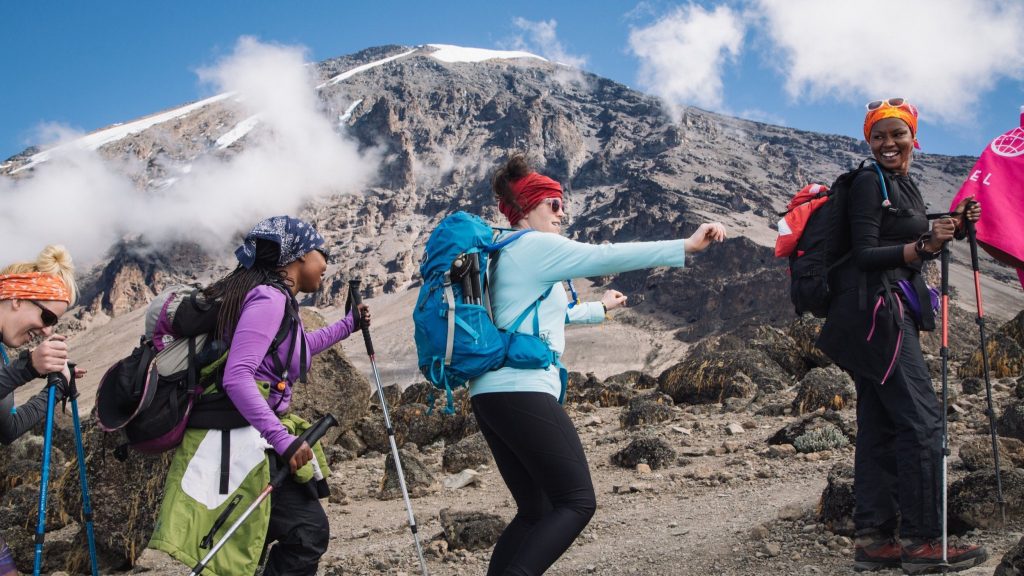
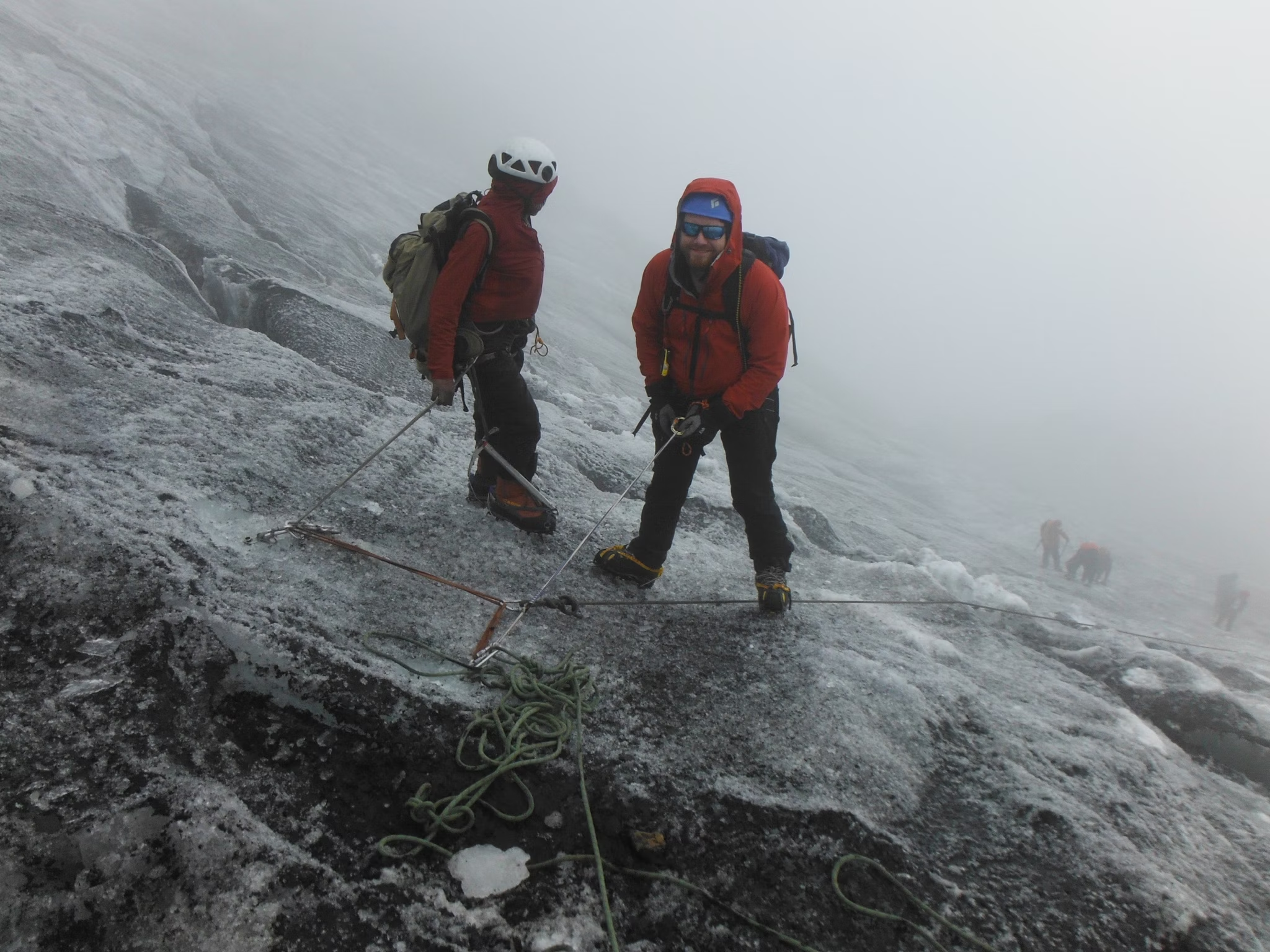
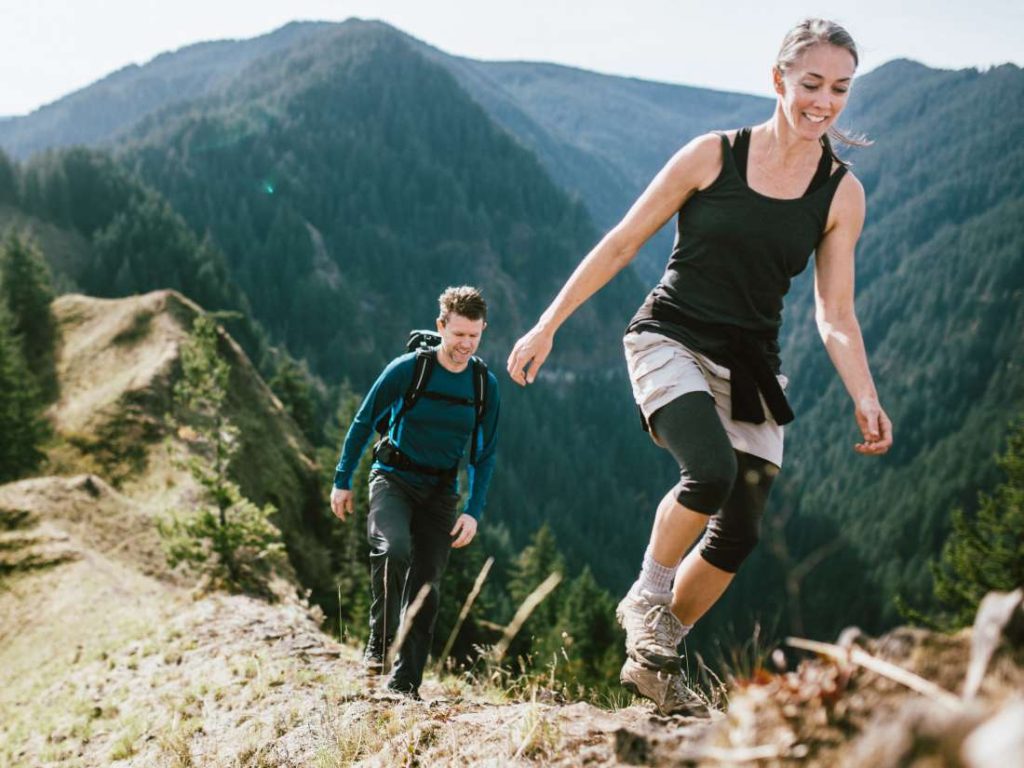
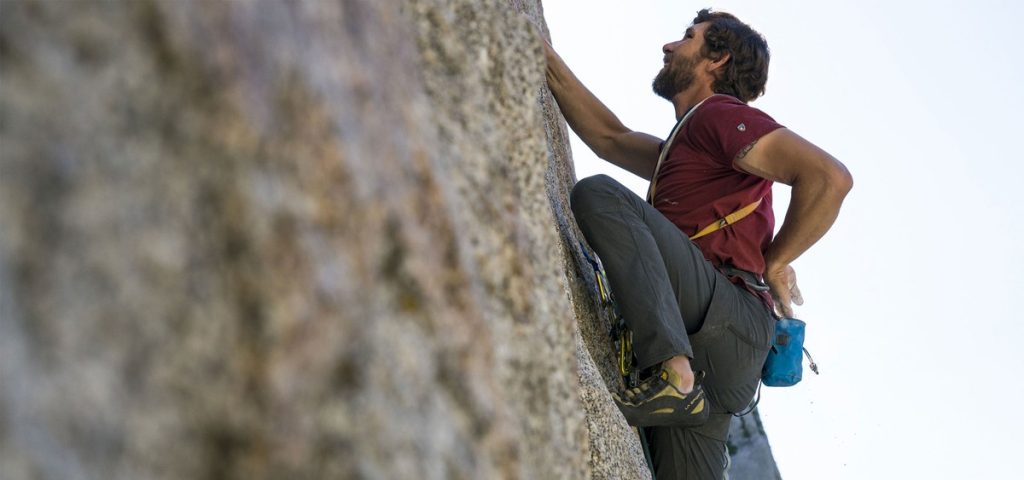
12. Understanding Altitude Sickness on mount Kilimanjaro: Symptoms and Prevention
Altitude sickness, also known as Acute Mountain Sickness (AMS), is a common concern for mountain Kilimanjaro peak climbers. It occurs when your body doesn’t acclimatize quickly enough to the lower oxygen levels at high altitudes. Symptoms include headaches, nausea, dizziness, fatigue, and shortness of breath.
Most climbers experience mild symptoms of altitude sickness, but with proper acclimatization, these symptoms can often be managed. Severe altitude sickness, which includes symptoms like confusion, inability to walk, and fluid in the lungs (HAPE) or brain (HACE), is rare but can be life-threatening if not treated immediately.
Pro Tip: To minimize the risk of altitude sickness, choose a longer route that allows for gradual ascent, stay hydrated, and avoid alcohol and smoking before and during your climb.
13. Is It Safe to Climb Mount Kilimanjaro? Safety Tips and Advice
Yes, climbing mount Kilimanjaro is safe when you’re well-prepared, follow guidelines, and climb with a reputable tour operator. However, like any high-altitude trek, there are inherent risks, such as altitude sickness, extreme weather conditions, and physical strain. Ensuring your safety involves choosing an experienced guide, listening to your body, and being aware of the signs of altitude sickness.
Pro Tip: Always discuss any pre-existing medical conditions with your doctor and tour operator before the climb. Consider purchasing travel insurance that covers high-altitude trekking and emergency evacuation.
14. How to Choose the Best mountain Kilimanjaro Tour Operator
Choosing the right Kilimanjaro mountain tour operator in Tanzania is crucial to your safety, success, and overall experience. Here’s what to look for:
- Experience: Ensure the operator has a long history of guiding mount Kilimanjaro climbs with a high success rate.
- Reviews: Read online reviews and testimonials to gauge past clients’ experiences.
- Certifications: The operator should be licensed by the Tanzania National Parks Authority (TANAPA) and affiliated with the Kilimanjaro Porters Assistance Project (KPAP) to ensure ethical treatment of porters.
- Guides: Guides should be certified, knowledgeable, and trained in first aid and mountain rescue. They should also be fluent in English and familiar with the routes and local conditions.
- Equipment: Quality operators provide well-maintained equipment, including tents, sleeping bags, and safety gear. They should also offer oxygen tanks, first aid kits, and communication devices for emergencies.
- Support Staff: A good operator will have a strong team of porters, cooks, and support staff who are treated fairly and paid a decent wage.
Pro Tip: Be wary of operators offering significantly lower prices than the competition—this could indicate poor quality services or unethical practices.
15. Solo Trekking: Can You Climb mountain Kilimanjaro on Your Own?
No, independent climbs are not allowed on mountain Kilimanjaro in Tanzania. All climbers must be accompanied by a licensed guide and support team. This regulation is in place for safety reasons and to protect the mountain environment.
Pro Tip: Even though you can’t climb solo, you can opt for a private climb with your own group for a more personalized experience.
16. Mountain Kilimanjaro Climb Cost Breakdown: What You Need to Know
The cost of climbing mt Kilimanjaro varies widely depending on the route, the operator, and the level of service. On average, you can expect to pay between $2,000 and $4,000 for a standard climb, which includes park fees, guide services, meals, and camping gear. Luxury climbs with added comforts such as portable toilets, larger tents, and gourmet meals can cost upwards of $5,000.
Pro Tip: Factor in additional costs such as travel insurance, tips for the crew, visa fees, and gear rental when budgeting for your climb.
Hiking enthusiasts can challenge themselves by trekking along the Rwenzori Mountains or summiting Nyiragongo, one of the park’s volcanoes. Other activities include landscape viewing of the various volcanoes, rift valleys, rainforests, and craters, as well as bird watching, with species like the Rwenzori turaco, grey-throated barbet, and African fish eagle frequently spotted in the park.
17. Mountain Kilimanjaro Expert Guides: Meet Your Climbing Team
Kilimanjaro expert guides are professionals who know Mount Kilimanjaro very well. They can help you safely navigate the mountain and its peaks, choose the best routes, and deal with altitude sickness. It’s important to pick a guide or company with good reviews and safety records.
Your climbing team is crucial to your mount Kilimanjaro climbing experience in Africa. Here’s who you’ll be relying on during your ascent:
Lead Guide:
The lead guide is responsible for the overall safety and success of the climb. With extensive experience and knowledge of the mountain, they’ll set the pace, monitor your health, and make critical decisions during the trek.
Assistant Guides:
Assistant guides support the lead guide and help manage smaller groups within the climbing party. They provide encouragement, monitor for altitude sickness, and assist with any issues that arise on the trail.
Porters:
Porters are the backbone of any Kilimanjaro expedition. They carry the heavy loads, including your gear, tents, and food, allowing you to focus on the climb. Their strength and endurance are remarkable, and their role is vital for the success of the trek.
Cooks:
A dedicated cook prepares all meals during the climb, ensuring you receive nutritious and energy-boosting food to keep you going. Meals are typically hearty and tailored to provide the necessary calories for strenuous trekking.
Why Choosing the Right Team Matters:
A knowledgeable and experienced team can make all the difference in your mountain Kilimanjaro hiking adventure. They’ll ensure your safety, provide moral support, and enhance your overall experience on the mountain.
18. Tipping Your Kilimanjaro Crew: Guidelines and Etiquette
Not compulsory, tipping is customary and is also a gesture of appreciation during mountain Kilimanjaro hiking in Africa. Your mountain crew, including guides, porters, and cooks, work incredibly hard to ensure your safety and comfort. Tipping is their main source of income, and it’s an important part of the local economy.
Pro Tip: It’s recommended to budget between $200 and $300 per climber for tips, which will be distributed among the crew at the end of the trek.
19. How Long Does It Take to Climb Mount Kilimanjaro?
The duration of your Kilimanjaro mountain climb in Africa depends on the route you choose. Most routes take between 5 to 9 days to complete. Longer routes, such as the Lemosho and Northern Circuit, allow for better acclimatization and increase your chances of reaching the summit.
- Marangu Route: 5-6 days
- Machame Route: 6-7 days
- Rongai Route: 6-7 days
- Lemosho Route: 7-8 days
- Northern Circuit: 9 days
Pro Tip: Choose a route that allows for at least 7 days on the mountain to give your body enough time to acclimatize.

20. Best mountain Kilimanjaro hiking Route
The best Kilimanjaro mountain hiking route depends on your preferences, goals, experience, and the time you have available. Here’s a quick comparison:
- Machame Route: Popular for its scenic views andvaried terrain. It takes about 6-7 days and is known for its beautiful landscapes.
- Marangu: Route: Known as the “Coca-Cola” route, it’s the shortest and only route with hut accommodations. It takes about 5-6 days
- Lemosho Route: Offers a good chance for acclimatization and has stunning views. It usually takes 7-8 days.
- Rongai Route: The only route that approaches from the north and is generally less crowded. It typically takes 6-7 days.
- Umbwe Route: A more challenging and direct route that takes about 6 days. Its less traveled and offers a more rugged experience.
Each route has its own advantages, so the best one depends on your experience,time, and what you want from the trek.
Pro Tip: For a detailed route comparison, check out our Kilimanjaro Routes Guide.
21. Mountain Kilimanjaro Packing List: What to Bring for a Successful Climb
Packing the right gear is essential for a successful Kilimanjaro climb in Tanzania, Africa. Here’s a checklist of essential items:
- Clothing: Layered clothing for various temperatures, including moisture-wicking base layers, insulating mid-layers, and a waterproof outer layer.
- Footwear: Sturdy, broken-in hiking boots, gaiters, and thermal socks.
- Headgear: Warm hat, sun hat, and a buff or scarf.
- Gloves: Waterproof and thermal gloves.
- Backpack: A daypack for carrying essentials and a larger pack carried by porters.
- Sleeping Bag: A four-season sleeping bag rated for sub-zero temperatures.
- Trekking Poles: Helpful for balance and reducing strain on knees.
- Water Bottles: At least 3 liters of water capacity, with a hydration bladder for easy access.
- Headlamp: Essential for summit night.
- Sunglasses: UV-protective sunglasses to protect your eyes from the sun and glare off the snow.
- First Aid Kit: Include blister plasters, pain relievers, and any personal medication.
- Snacks: High-energy snacks like nuts, trail mix, and energy bars.
Pro Tip: Rent bulky gear like sleeping bags and jackets from your tour operator to save space in your luggage.
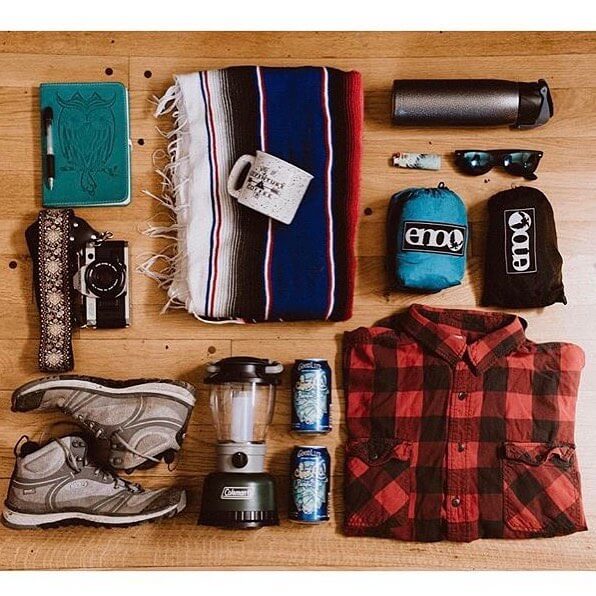
Pro Tip2: For a detailed packing list , check out our essential packing checklist
22. When Is the Best Time to Climb Mount Kilimanjaro?
The best time to climb mountain Kilimanjaroin Africa is during the dry seasons:
- January to March: Cooler weather with fewer climbers, but more snow at the summit.
- June to October: Warmer weather with clear skies, but the trails are more crowded.
Avoid the rainy seasons (April-May and November) when trails are muddy and visibility is poor.
Pro Tip: Plan your climb during a full moon for better visibility during summit night and stunning views.
23. Vaccines and Medications for Kilimanjaro hiking: What You Need to Know
Before climbing mountain Kilimanjaro in Tanzania, it’s important to consult with your doctor or a travel clinic about necessary vaccines and medications. Common recommendations include:
- Yellow Fever: Required if you’re traveling from a yellow fever endemic country.
- Malaria: Mosquitoes are a concern at lower altitudes, so take antimalarial medication.
- Hepatitis A and B: Recommended for most travelers.
- Typhoid: Recommended if you’ll be traveling in rural areas.
- Tetanus: Ensure your tetanus booster is up to date.
Pro Tip: Bring a personal first aid kit that includes medication for altitude sickness (Diamox), pain relief, and any other personal medications.
24. Do You Need Insurance to Climb Kilimanjaro mountain in Africa? Essential Coverage Explained
Yes, it’s essential to have comprehensive travel insurance that covers high-altitude trekking, emergency evacuation, and medical expenses. Mountain Kilimanjaro climbs and hikes in Tanzania can be dangerous, and having the right insurance will provide peace of mind in case of emergencies.
Pro Tip: Check that your policy covers trekking above 6,000 meters and includes helicopter evacuation.
25. Start Preparing for Kilimanjaro Now: First Steps and Tips
Preparation for Kilimanjaro climbing and hiking starts long before you set foot on the mountain. Here’s what you can do right now:
- Start Training: Begin your fitness regimen with hikes, cardio, and strength training.
- Research Routes: Read up on the different routes and decide which one suits you best.
- Book a Tour Operator: Secure your spot with a reputable tour operator.
- Gear Up: Start gathering the necessary gear, and break in your boots.
- Stay Informed: Subscribe to Kilimanjaro newsletters and join online forums to stay updated on the latest tips and advice.
Pro Tip: Consider doing a practice trek at high altitude to see how your body reacts.
26. Kilimanjaro Weather Guide: What Climbers Need to Know
Mountain Kilimanjaro’s weather is highly variable and changes with altitude. Here’s a breakdown:
- Base (Moshi): Warm and tropical, with temperatures between 25-30°C (77-86°F).
- Rainforest (1,800-3,000 meters): Humid with frequent rain showers. Temperatures range from 12-20°C (54-68°F).
- Moorland (3,000-4,000 meters): Cooler and drier, with temperatures between 5-15°C (41-59°F).
- Alpine Desert (4,000-5,000 meters): Dry and windy, with temperatures ranging from -5 to 10°C (23-50°F).
- Arctic Zone (Above 5,000 meters): Freezing temperatures, often below -10°C (14°F), with strong winds and occasional snow.
Pro Tip: Be prepared for all weather conditions and dress in layers to adjust to changing temperatures.
27. How to Avoid Altitude Sickness on mountain Kilimanjaro: Tips and Strategies
Altitude sickness happens when you ascend to high altitudes too quickly, and your body struggles to get enough oxygen. Symptoms include headache, dizziness, nausea, and fatigue. On Mountain Kilimanjaro, it’s possible to experience altitude sickness since the peak is very high.
Avoiding altitude sickness is key to a successful Kilimanjaro climb and hike in Africa. Here are some tips:
- Climb Slowly: Take your time to allow your body to adjust to the altitude.
- Stay Hydrated: Drink plenty of water to stay hydrated, but avoid overhydration, which can lead to hyponatremia.
- Eat Well: Even if you lose your appetite at high altitudes, try to eat regularly to maintain your energy levels.
- Sleep Low: Whenever possible, “climb high, sleep low” to help your body acclimatize.
- Take Diamox: Consult your doctor about taking Diamox, a medication that can help prevent altitude sickness.
Pro Tip: Listen to your guide’s advice on pacing and rest stops, as they are experienced in managing altitude-related issues.
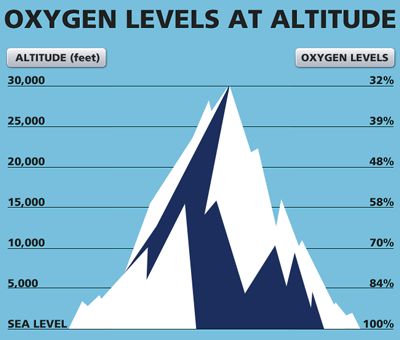
28. Kilimanjaro Summit Success Rate: What Are Your Chances?
The success rate of reaching Kilimanjaro’s summit which is the highest peak in Africa varies depending on the route and the number of days spent on the mountain. Generally, the longer routes (7-9 days) have higher success rates because they allow more time for acclimatization. Here’s a rough estimate:
- Marangu Route (5-6 days): ~50% success rate
- Machame Route (6-7 days): ~65% success rate
- Rongai Route (6-7 days): ~70% success rate
- Lemosho Route (7-8 days): ~85% success rate
- Northern Circuit (9 days): ~90% success rate
Pro Tip: To increase your chances of reaching the summit, choose a longer route and go at a slow, steady pace.
29. Mountain Biking on Mountain Kilimanjaro: An Adventure Alternative
For thrill-seekers looking for a different way to experience Mount Kilimanjaro in Tanzania, mountain biking offers an exciting alternative to trekking.
Mountain biking directly on Kilimanjaro’s summit trails is not allowed due to park regulations aimed at preserving the natural environment and ensuring safety. However, biking is possible in the lower regions and surrounding areas, below:
Biking Routes:
Kilimanjaro’s varied terrain provides several options for mountain biking, from challenging uphill climbs to exhilarating downhill descents. Popular routes include the lower slopes, where you can cycle through lush forests and coffee plantations, and the Shira Plateau
- Marangu Route: Often used for biking to reach the base of the mountain and the surrounding areas. This route offers scenic views and relatively smoother terrain.
- Moshi to Kilimanjaro: Biking routes around Moshi, the gateway town to mt Kilimanjaro, provide opportunities for exploring the area without entering the park.
- Lower Slopes: Trails on the lower slopes of Kilimanjaro, which are outside the protected areas, are sometimes used for mountain biking.
It’s crucial to check with local guides or tour operators for the latest information on allowed routes and regulations. They can provide detailed maps and guidance to ensure a safe and enjoyable Kilimanjaro biking experience in Tanzania while adhering to conservation rules.
30. Best Things to Do After Climbing Kilimanjaro: Top Activities
After summiting Kilimanjaro mountain, consider exploring other attractions in Tanzania:
- Serengeti National Park: Witness the Great Migration and see the Big Five on a safari.
- Ngorongoro Crater: Explore this UNESCO World Heritage Site and its diverse wildlife.
- Zanzibar: Relax on the beautiful beaches or explore the historic Stone Town.
- Lake Manyara: See tree-climbing lions and thousands of flamingos in this scenic national park.
- Tarangire National Park: Experience the tranquility of this lesser-known park, famous for its large elephant herds.
Pro Tip: Many tour operators offer post-climb safari packages, so take advantage of your time in Tanzania to see more of what this amazing country has to offer.
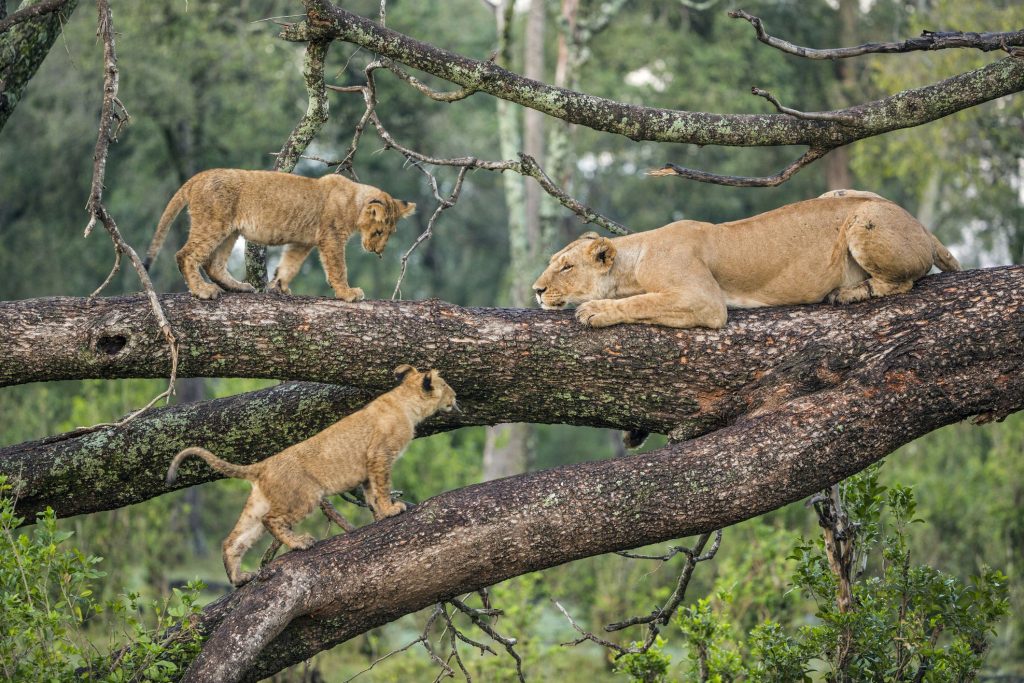
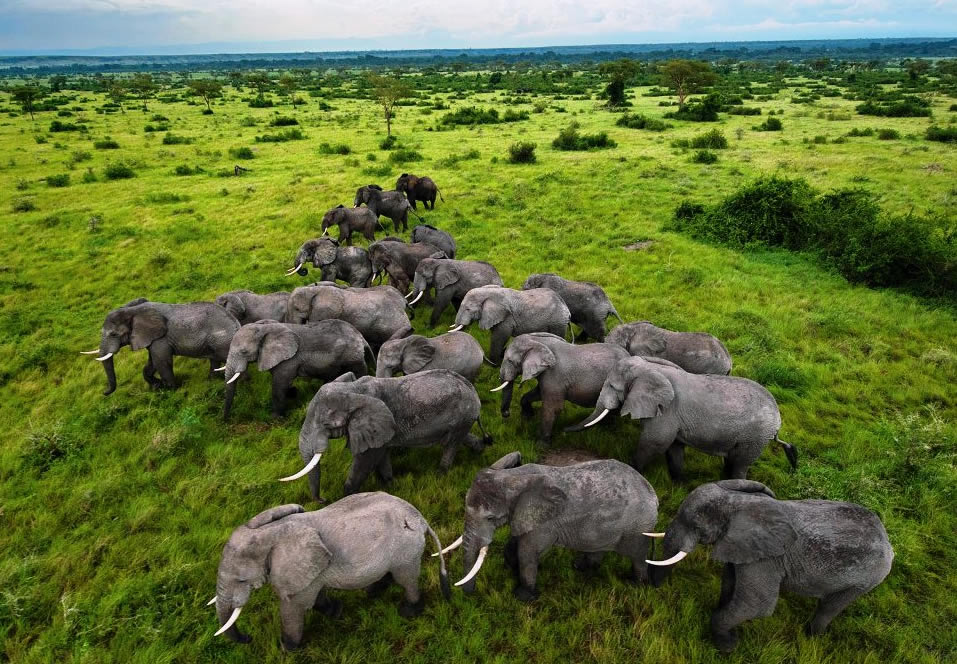
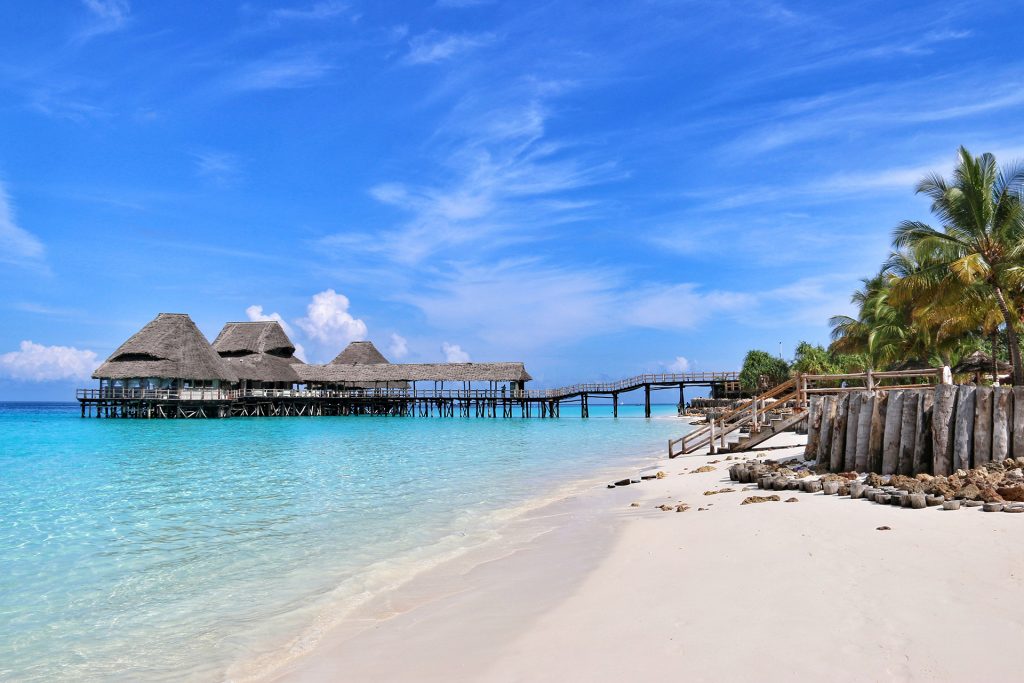
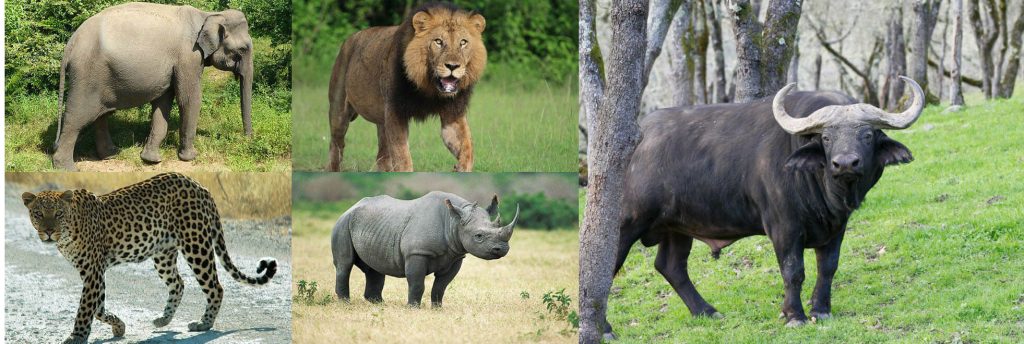

31. Conclusion: Your Kilimanjaro Adventure Awaits!
Climbing Mount Kilimanjaro in Tanzania is more than just reaching the highest point in Africa; it’s about challenging yourself, connecting with nature, and creating unforgettable memories. Whether you’re drawn to the mountain’s breathtaking beauty, its legendary status, or the personal challenge it presents, a Kilimanjaro climb and trek is an adventure of a lifetime.
Pro Tip: Start planning your climb today, and get ready to stand on the roof of Africa!
Optimize Your Kilimanjaro Climb Adventure!
We’ve covered everything you need to know to prepare for your Kilimanjaro trekking, from choosing the right route and packing the essentials to avoiding altitude sickness and tipping your crew. But your adventure doesn’t stop there! Take the next step by exploring our comprehensive guides on everything Kilimanjaro:
Pro Tip: Bookmark this page and refer to it as you plan your climb. And don’t hesitate to reach out to our team if you have any questions or need personalized advice.
Best Time To Climb Kilimanjaro in Tanzania
The best time to hike Mount Kilimanjaro is during the dry seasons, which typically run from January to March and June to October. These months offer optimal weather conditions, with less rainfall and clearer skies, making for a more enjoyable trekking experience. The peak climbing seasons can also get crowded, so consider visiting during the shoulder months for a quieter adventure while still enjoying favorable weather.
How to get to Kilimanjaro in Tanzania
Reaching Mount Kilimanjaro is straightforward, as the nearest airport is Kilimanjaro International Airport (JRO), located about 45 minutes from Moshi, the primary gateway town for climbers. You can arrange airport transfers through our Kilimanjaro experts who provide your with the best 4×4 car rentals in Tanzania. From Moshi, most trekking companies offer shuttles to the various trailheads, ensuring a smooth transition to your climbing adventure.
Kilimanjaro Hotels
Accommodation options near Kilimanjaro range from budget lodges to luxurious Kilimanjaro hotels. In Moshi, you’ll find a variety of guesthouses and hotels that cater to different preferences and budgets. Many trekkers choose to stay in hotels before and after their climb, while our Kilimanjaro Rwenzori experts also provide camping options on the mountain. Make sure to book in advance, especially during peak climbing seasons.
Mount Kilimanjaro is home to a rich diversity of flora and fauna, ranging from lush rainforests at the base to alpine desert vegetation near the summit. As you ascend, you’ll encounter unique plant species such as giant groundsels and lobelias, along with various animals like monkeys, elephants, and colorful bird species. The diverse ecosystems make Kilimanjaro not only a climber’s paradise but also a haven for nature enthusiasts.
You might also like:
Frequently Asked Questions About Kilimanjaro Climbing
- Do I need to be super fit to climb mount Kilimanjaro? While good fitness helps, determination is key. Regular exercise, including cardio and strength training, will prepare you for the trek.
- Can I climb Kilimanjaro mountain with no experience? Yes, no technical climbing skills are required, but mental and physical preparation is essential.
- What’s the most difficult part of the climb? Summit night is the toughest due to the cold, altitude, and long hours of trekking.
- Is mountain Kilimanjaro safe? With the right preparation, guide, and operator, Kilimanjaro is considered safe. Follow your guide’s advice and listen to your body.
Pro Tip: Check out our Detailed FAQ for more in-depth answers to all your mountain Kilimanjaro questions.
Rwenzori trekking itineraries
Kilimanjaro climbing tours, Tanzania
Useful links + other African safari packages
Ready to take the plunge? Start planning your Kilimanjaro adventure in Tanzania today and join the ranks of those who’ve stood on the Roof of Africa!

